
Pruning hazel: when and how to prune it properly?
Discover all our tips
Contents
Hazel or Corylus in Latin, is a handsome fruiting bush as elegant as it is productive, which finds a place as easily in orchard as in ornamental garden, in free hedges, fruiting hedges, windbreaks or meadowy borders. This small, dense tree with a very bushy habit develops pretty rounded, dentate foliage, a flowering in long aments followed by delicious hard-shelled fruits: hazelnuts. Although it can often do without planting and formative prunings, whether common hazel (Corylus avellana), contorted hazel or purple hazel (Corylus maxima ‘Purpurea’), it needs pruning from time to time to maintain an attractive shape and good hazelnut yield.
Find all our step-by-step advice to carry out this operation: when and how to prune hazels?
Also watch practical steps on video: How to prune a hazel?
Why should a hazel be pruned?
Hazel bushes are bushy and easily produce suckers, naturally forming a coppice — a clump made up of very straight, sparsely branched stems 2 to 6 m tall. Regular pruning will improve harvest. After about ten years, it is advisable to regularly rejuvenate ageing shoots and poorly placed branches to maintain productivity. Pruning the hazel encourages growth of vigorous suckers that will regrow from the stump and in turn produce hazelnuts after 3 to 4 years.
The centre of the hazel’s branches is rather untidy: pruning helps to properly aerate the interior of the tree and prevent branches from touching and being damaged by rubbing; hazelnuts develop only on the outside of the bush, so it is unnecessary to keep branches that grow inside.
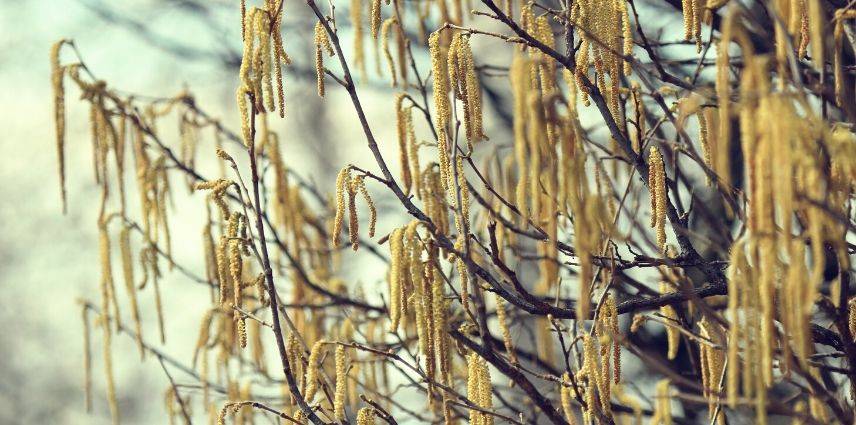
Hazel aments sway in the wind, heralding spring and future hazelnuts! A delicate and essential sight for your garden’s biodiversity.
When to prune hazel trees?
Hazel should be pruned after fruiting and before budburst. Best time to prune hazel is therefore in late autumn (pruning can be done from October) or in late winter, in February–March. Avoid pruning during frosts. Pruning at planting is unnecessary. Allow your hazel to develop well and wait about ten years before starting serious pruning operations, even if first hazelnuts have already appeared.
Discover other Corylus - Hazelnuts
View all →Available in 1 sizes
Available in 4 sizes
Available in 1 sizes
Available in 3 sizes
Available in 1 sizes
Available in 3 sizes
Available in 1 sizes
Available in 2 sizes
Available in 1 sizes
Available in 1 sizes
How to prune a hazel according to its age or shape?
Before starting: pruning tools and precautions
Hazel does not tolerate severe pruning well: cutting large branches is very poorly tolerated, as is topiary work, so better leave bush with free habit. If it has too many large branches, do not remove them all at once. We recommend spreading pruning over two or three years to avoid the bush producing even more suckers. Make clean, neat cuts by cutting each time at base of a branch, flush to it.
Use a lopper for older, larger branches and to clear centre of tree and a pruning shear for secondary shoots and young stems. Choose tools that are acute and disinfected to avoid transmitting diseases during pruning.
Maintenance pruning of adult hazel
- Thin base by cutting excess suckers flush with base, keeping only most vigorous and best placed
- Cut old stems at base (their diameter is greater than that of young stems): every 5 years remove 4 or 5 of oldest stems
- Shorten young shoots by half to limit height and bulk
- Remove dead, dry and diseased wood
- Remove ill-placed secondary shoots that cross main branches and clutter interior of coppice shoots unnecessarily: after pruning, no branch should touch or cross another
Rejuvenation or restructuring pruning
If bush shows signs of decline, it is possible to rejuvenate hazels older than 15 years by cutting all branches back to ground level to regenerate and encourage emergence of new suckers the following spring.
Pruning a hazel that is too tall
To reduce height of an over-large hazel, start by identifying highest and oldest branches to cut. Make reduction cuts on these branches, cutting back onto a lower, well-oriented lateral branch, or remove completely at base if they are too obstructive. Also remove suckers and dead or scrawny branches to improve airflow and fruiting of remaining parts.
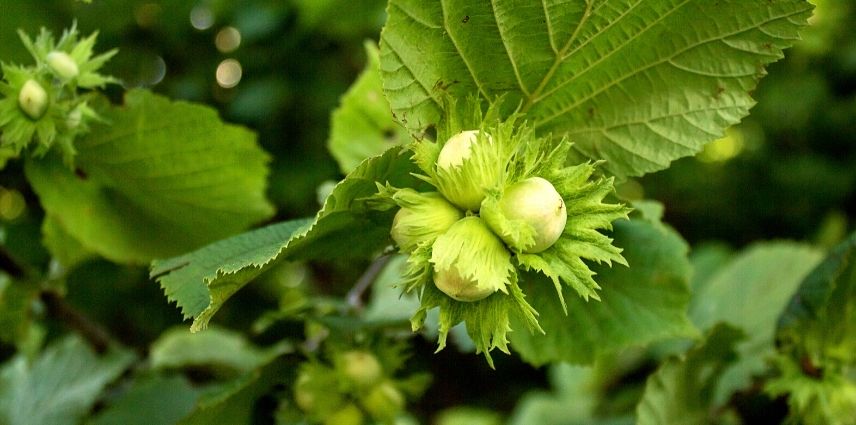
Beautiful hazelnuts forming on our hazel, promise of a tasty harvest! Is pruning your hazel crucial for good fruiting ?
What to avoid when pruning hazel
When pruning hazel, some common mistakes should be avoided to ensure good fruiting and healthy growth.
- Firstly, avoid pruning too drastically or at random. Excessive pruning can weaken the tree and greatly reduce hazelnut production the following year.
- Similarly, do not cut branches bearing male aments (future flowers), as this would prevent pollination.
- It is also best not to prune during frosts to avoid weakening the tree and exposing wounds to cold.
- Finally, avoid leaving too many suckers at the base; although hazel tends to produce suckers, an excess can harm the vigour of the main tree and its ability to produce fruit.
- Subscribe!
- Contents
































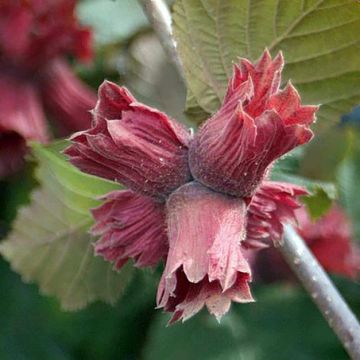
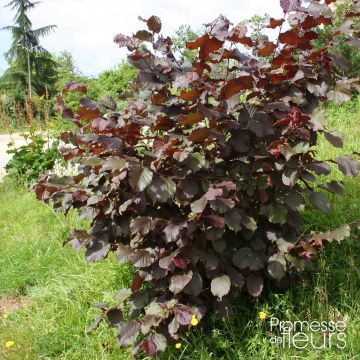
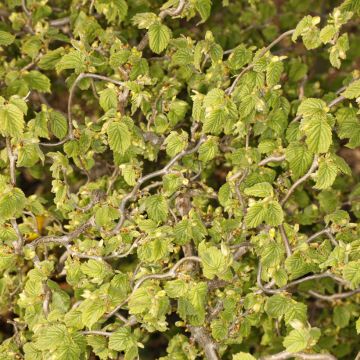
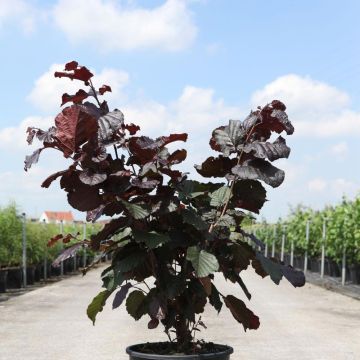
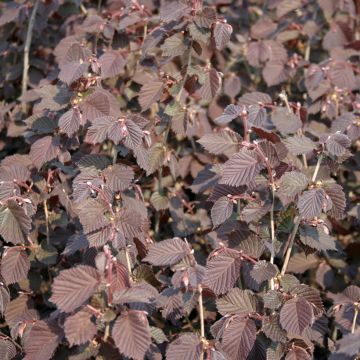
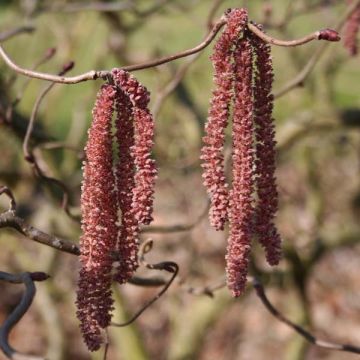
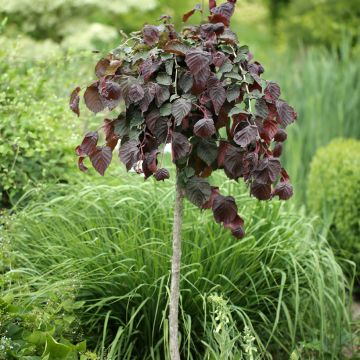
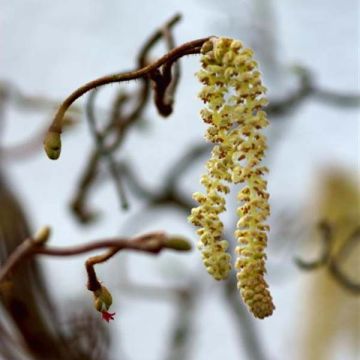
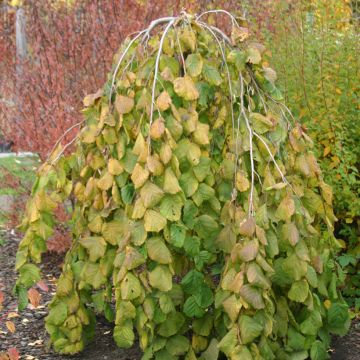
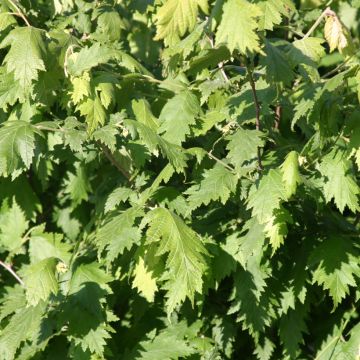
Comments